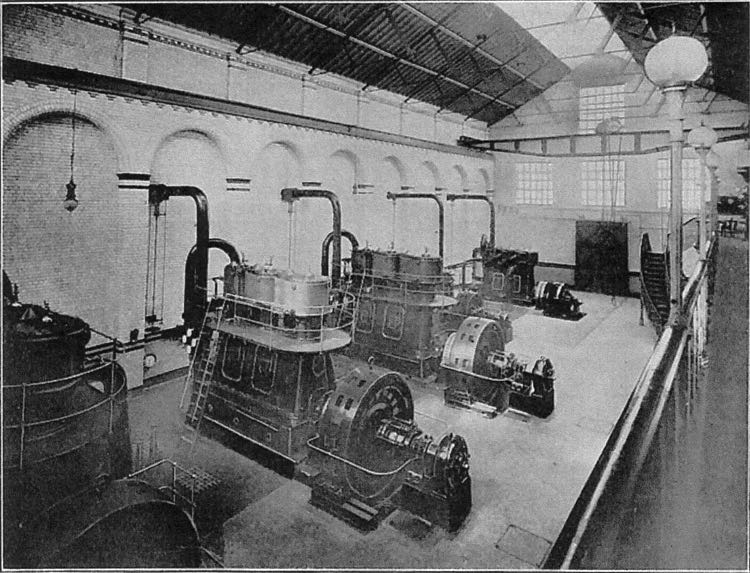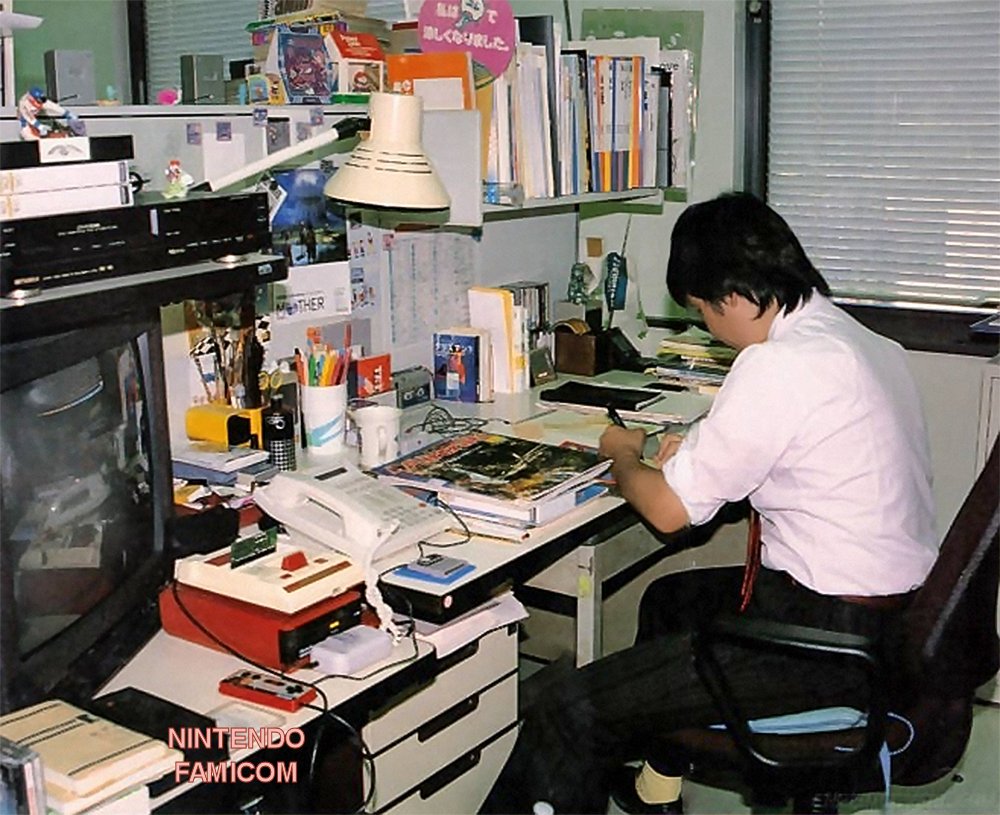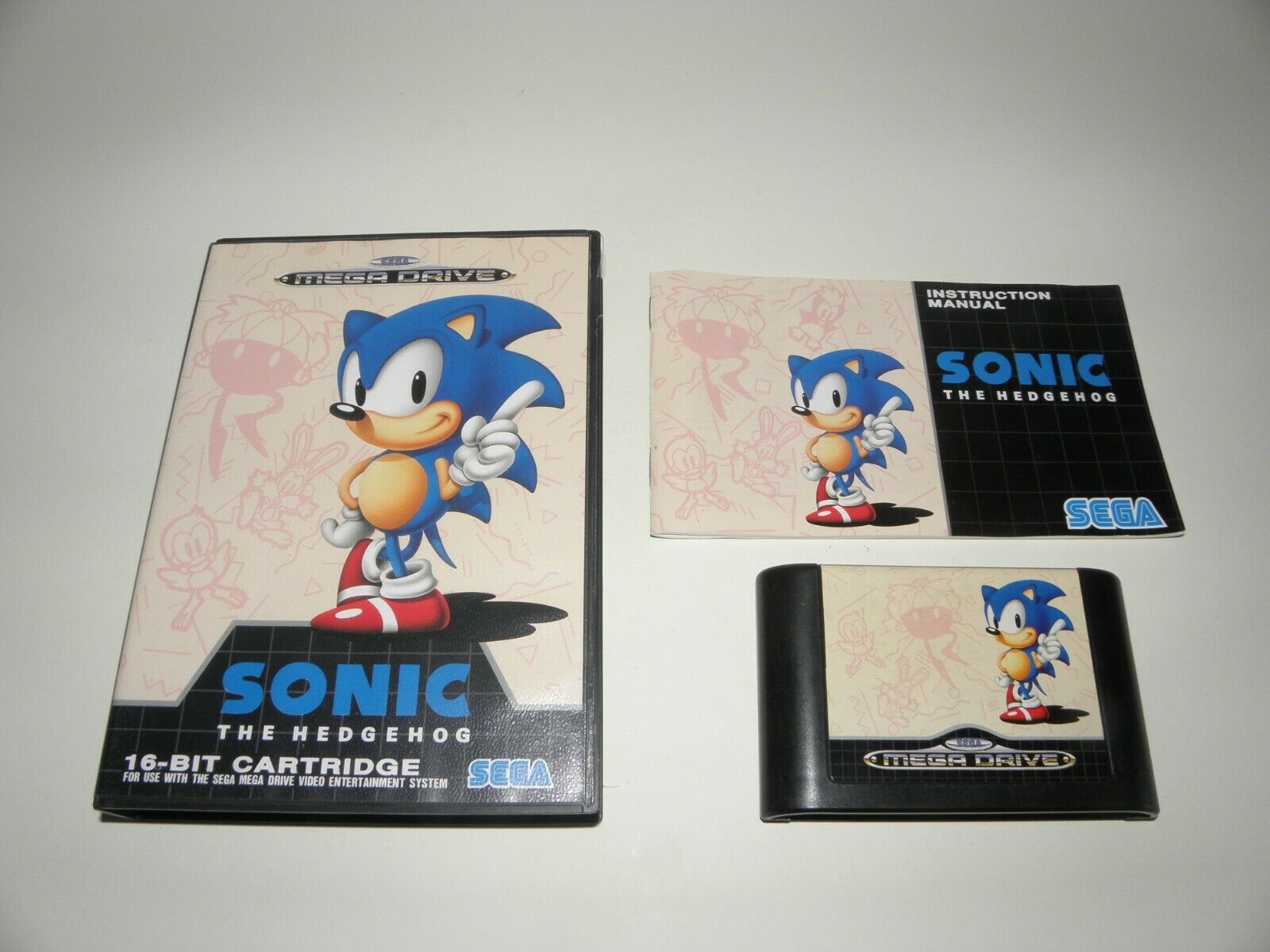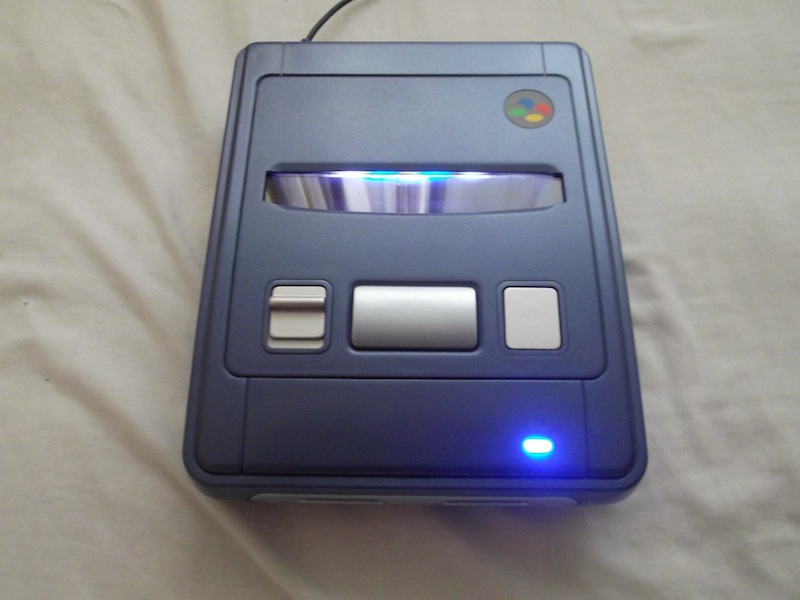Many of you know about video formats like PAL, NTSC and, of course, SECAM. Most likely you heard these abbreviations when it came to video equipment. No one really knew what the difference was between them and why they were different. As for the video game industry, then certainly everyone is aware of regional differences. PAL is primarily about the countries of Europe and the CIS. And it was in this format that the main problem was hiding - the games for this region were much slower than for NTSC. And these were far from all the problems.
In this article I am going to talk about the fact that the choice of retro games in the European region is not the best option, and why it happened.
To begin with, a little historical excursion, so that you understand why regional differences appeared in general and how this affected the video games of those times.

When the first commercial power supply systems were developed in the late 19th and early 20th centuries, many different operating frequencies were used, and ultimately some parts of the world, such as Europe and Australia, set the standard frequency to 50Hz with a voltage of 220-240 V, while America and some Asian countries used 60Hz with a voltage of 100-127 V. The choice of these frequencies was due to the operation of a conventional light bulb with a filament. Because, starting from a frequency of 50 Hz, the flicker was not felt by the human eye and the lighting became comfortable.

And here we get to the most important point, because in the early days of the existence of television technology, the refresh rate of the screen had to be tied to the frequency of the power source in order to avoid interference. So in America and Japan, the screen refresh rate became 60Hz, and the NTSC broadcast system, and in Europe and Australia, respectively, 50Hz with the PAL broadcast system. SECAM, which was adopted in France and the USSR, also worked from 50 Hz, but we will not consider it.
In PAL format, video could only work at 25 and 50 frames per second, and in NTSC 30 and 60 frames per second. As for color reproduction, PAL had much more rich and natural colors on the screen, when the NTSC format was poor in this regard.

Basically, all consoles and games were developed taking into account the refresh rate of 60 Hz, because then the most dominant markets were Japan and America. Europe at that time was not considered as something very serious. Therefore, optimization in the game industry was not something necessary and important, and the developers practically did not pay attention to this ... That is why the vast majority of games for the PAL region are approximately 17% slower than originally planned:
(1 - (50/60)) * 100% ≈ 16.6 (6)% ≈ 17%
Well, in very rare cases, developers following the principle of “I wanted it better, but it turned out what happened” increased the gameplay timing so much that even these 17% slowdowns did not save and everything turned out too quickly.
With modern consoles and televisions, the refresh rate is no longer an obstacle, but here we are still talking about retrogaming, so the frequency with which your cathode-ray tube television works was very important. Now it is much simpler, because later models of old TV sets can work both with 50 / 60Hz, and with PAL and NTSC formats.
Fans of pocket retro consoles should not take a steam bath at all, because for the obvious reasons the above-described problems simply do not exist for them and regional differences are very arbitrary. That is why the games of the Japanese and European regions will be equally good on your gameboy.

By the way, the difference varies between the consoles with which you have or will deal. By and large, with the PAL format, everything is worse, and a higher resolution is probably even a minus, because thick black borders on the top and bottom of the image are always added to compensate. This method is also known as letterboxing , the effect of which you can see in the picture below. A frequency difference means a drop in frame rate.

In general, Europe of those times is a combination of many countries with different laws, and developers then often treated it as one big mass with a bunch of different rules and laws gathered in one pile. Well, for convenience ... For example, if you had to do something for Poland and Spain, then all the bans for each country were combined into one. Which meant that some of the most extreme cases of censorship occurred in this region (and most often, for obvious reasons, this happened because of Germany, although not always because of it), on the other hand, some facts of censorship are quite varied greatly, and where violence or religious and sexual themes were banned, for North America and Japan, this had virtually no borders and limits. At present, Europe is seen as a normal whole with no, but relatively general legislation.
There is also such an interesting feature, which consists in the fact that for the European region, consoles and games came out last. This is neither bad nor good. Why? Because in some cases, the game that came out much later received fixed bugs and was more stable in operation, and additional content could also be added there, which you agree is very nice. But also, a lot of things could be cut out due to censorship, or simply replaced, which made the final product very different from the original. For example, take a game for Super Nintendo as Contra III: The Alien Wars , in which, due to censorship, all human characters were replaced by robots, and it became Super Probotector: Alien Rebels .

Well, do not forget that many games simply did not reach the European market and became exclusive for America and Japan. Or, all the same, they reached, but with an extremely small circulation.
Another thing worth mentioning is the PAL60 format, which, as you understand, produced an image with the same frequency as the NTSC format, but unfortunately it appeared at the end of the era of 5th generation consoles. But if we talk about games, then Metroid Prime 2 is a great example of this.
If we talk about consoles, then, for example, the Sega Mega Drive of the European region is relatively terrible in this regard, given that the games for this platform were very dynamic and fast. Almost all of them get letterboxing, and, of course, operate at a frequency of 50 Hz, which makes them very awkward.

The worst example I can name is Sonic 1. In later games in this series, the music was optimized to work at 50 Hz, so there it is already not so disgusting by ear, but in Sonic 1 everything is really terrible when you understand how everything should be really.
Actually, for the rest of the retro consoles, as you know, all the same is not so rosy.

There is still a separate sport as a modification of consoles, so you can increase the output 50Hz to 60Hz, thereby forcing them to work in the "NTSC type" mode, allowing you to play games in this region, but this is not always a panacea, because some games are still will work incorrectly or not at all, and this fun activity will require you to work with a soldering iron skill. A funny fact will be that after modding - 60Hz will not be real. Why? Because the final operating frequency will be approximately 59.3Hz, although you will not even notice it by eye. And all because of the quartz resonator, the carrier frequency of which is calculated for the PAL region.
In fact, this rule applies generally to all retro-consoles in any region if you want to make them Frankenstein’s monsters, which would give out clean 50Hz and 60Hz. You simply can’t avoid fussing with the resonator, because there will be few skills in working with a soldering iron, and you will have to fumble in the slightest detail in circuitry and other details.
In my opinion, the games fell in the region are suitable only for collecting, and not for use. In most cases, PAL games came out much less, and therefore they will be more rare, which automatically makes them more expensive. Plus, we add censorship and black borders that flatten the picture.
In any case, the games should be fun and not have any restrictions, so that you can fully enjoy the process. But if you are comfortable playing in the slower versions, then I can not blame you for this.
Unfortunately, demonstrating the gameplay itself with the help of pictures is not a very good idea, and it’s also meaningless. But for these purposes, I recorded a video where you can personally evaluate the results of tests conducted on both real consoles and non-emulators. Plus, there is a little more information than in the article itself. So if you are interested, you can familiarize yourself.